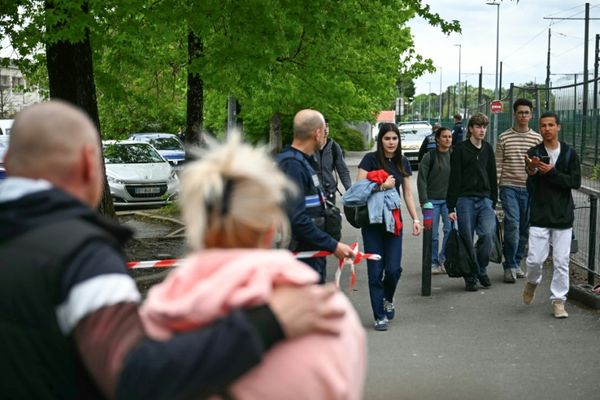The grandiosity of “The Gilded Age” wasn’t just about clothes and servants. To scale the show, the production team had to go big.
Set in 1880s New York City, the team on the HBO series that premiered Monday were tasked with recreating a world that barely exists today. Heiress Caroline Astor’s home was demolished and made way for the Empire State Building. An office building sits in the plot once owned by horsebreeder William K. Vanderbilt. The Bostwick Mansion, built by a founding partner of Standard Oil, is now a luxury apartment building.
So directors Michael Engler and Salli Richardson-Whitfield went to Newport, Rhode Island, where they filmed at The Breakers, Marble House and Rosecliff. They shot at houses along the Hudson and the Gold Coast of Long Island. For exterior scenes, they filmed in Troy, New York, near Albany, where they could shut down streets and town squares. Sometimes they filled in with special effects — like the giant disembodied hand of the Statue of Liberty that sat in Madison Square for six years.
Engler said his mission was clear.
“How do we create for the audience that sense of astonishment?” he told the Daily News. “Because we take them for granted now.”
“The Gilded Age,” from “Downton Abbey” creator Julian Fellowes, is placed at the crossroads of new money and old, of families who came over on the Mayflower and set up mansions on Fifth Avenue and those who earned money the hard way — by working.
The difference plays out not only in the societal snipping but also in the look of the show.
On one side of Fifth Avenue is the home of Agnes Brooks (Christine Baranski) and sister Ada (Cynthia Nixon), a dark, musty place – “grandmotherly,” Engler called it. On the other is the newly constructed mansion of George (Morgan Spector) and Bertha Russell (Carrie Coon), who amassed a fortune building railroads. Their home is spacious, airy and bright, with ballrooms and dining tables to entertain.
“You see the scale of the room you have to fill up,” Coon, who plays the social-climbing Bertha, told The News.
For Bertha’s daughter, Gladys, though, the house is overwhelming. Not yet an adult but too old to be treated like a child, no matter how much her mother insists she needs a lady’s maid, Gladys feels trapped.
“I felt so small, so tiny in this vast mansion,” Taissa Farmiga, who plays Gladys, told The News.
“I wonder how alone these people feel. Sure, you have your money around you and the decadence and the butlers and the maids, but there’s so much open space and it feels like there’s a lot of room for loneliness.”
Across the street, Marian Brook (Louisa Jacobson), feels the same isolation, suddenly penniless and forced to move in with her aunts, Agnes and Ada, after her father dies. With her comes a surprise friend, Peggy Scott (Denée Benton), a young Black woman trying to find her own place in the world. Both are outsiders, but Marian can blend, with her pretty blond hair and her dresses. Peggy stands out whether she likes it or not.
Both Peggy and Benton embraced what makes them different in “The Gilded Age.”
“It was really exciting to get to see a Black woman in the 1880s in fine silks and radiant colors. We’re so used to seeing a downtrodden Black woman barefoot in a black dress,” Benton told The News.
“I felt really strongly and excited about the opportunity to show her in her radiance and to really get to see Peggy stunting on them in the ways that she would have, in the ways that my grandmothers did for church.”
———







